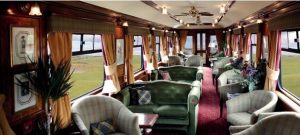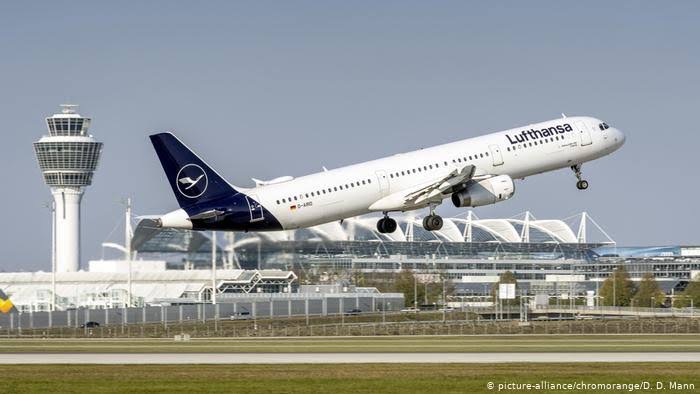SITTTSL002 – Access and interpret product information
In this unit of study you will learn how to;
- Access product information
- Interpret product information
- Update product knowledge
Introduction
Providing information to clients is about more than just basic destination information. Customers will often be spending substantial amounts of money on their travel arrangements and will therefore have need of information. You will need a firm understanding of products, destinations and a variety of other matters such as industry codes, travel options and pricing (including currency exchange rates and fluctuations). You will also need to be able to read and interpret scheduling and timetable information, terms and conditions of various tourism products and services; you must be able to advise which of New York’s three airports a customer will arrive at or depart from, and a great deal more.
Furthermore, the customer will expect you to have a reasonably sound knowledge of major destinations around the world; If you are shopping in Stanley Markets you must be in Hong Kong; if you are wandering down the Champs Elysees you must be in Paris and if you are looking up at the Corcovado “Christ the Redeemer” statue you must be in Rio de Janeiro.
To add to this list of things you need to know is the ability to outline the features and benefits of the products or services you are suggesting to a customer and there is a distinct different between the two;
- Feature – is something that a product or service has or offers. For example, a hotel might offer 24 hour room service.
- Benefit – is how this feature affects the person buying the product or service. For example, the fact that the hotel has 24 hour room service means that the client is able to indulge themselves as and when they please. This is particularly useful for business people who may work very long hours in a strange city and coming back to the hotel after a long, tiring day and being able to order food is of immense interest and importance.
Access product information.
The tourism industry is made up of many different sectors and in order to be able to update your knowledge in the most productive way you first have to understand its structure. General knowledge of the industry is important but, as you will know, each individual sector will have information that is unique to it and it is critical that you understand the sector that you belong to and how it might interact with others.
The seven main sectors of the tourism industry are:
- Hospitality
- Transport
- Attractions and Theme Parks
- Tour Operators and Tour Wholesalers
- Distribution (Retail)
- Information and Coordination Services Sector
- Meetings and Events
Hospitality
Hospitality is defined as the relationship between a host and a guest and as such implies that service of a high standard will be given. The hospitality industry is comprised of business that provides all or some of the following:
- Accommodation services – which could include;
- Resort hotels
- Multi national chains such as Hilton, Marriot or Sheraton
- Bed and Breakfast accommodation in boutique hotels, homestay or country farms
- Motels – to name a few
- Food & Beverage which could include; restaurants, cafes, bars.
- Entertainment which could include; casinos, clubs
- General catering and banquets
Transport
One of the most diverse sectors of the industry, transport is made up of three areas;
- Air – Airlines, Helicopter services and so on
- Land – Rail, Coach, Car Hire
- Sea – Cruise Ships, Yachts, Canal Barges, Motor Boats
This sector of the industry is made up of a variety of transportation possibilities and is largely concerned with moving people from point A to point B. Anyone wishing to go away on a holiday must first consider their means of transport; where are they going and what would be the best way to get there. The fastest method of transport is not necessarily always the best one as the means of transport in itself is sometimes the holiday. For example an ocean cruise or rail holiday would offer opportunities along the way that air travel does not. Air travel on the other hand is faster and gets the traveller to their ultimate destination quickly. The choice of transport method will, therefore, depend largely on the purpose of the travel to be undertaken.

Photo: Royal Scotsman train in the U.K.
Attractions and theme parks
…continued in learner guide ….
